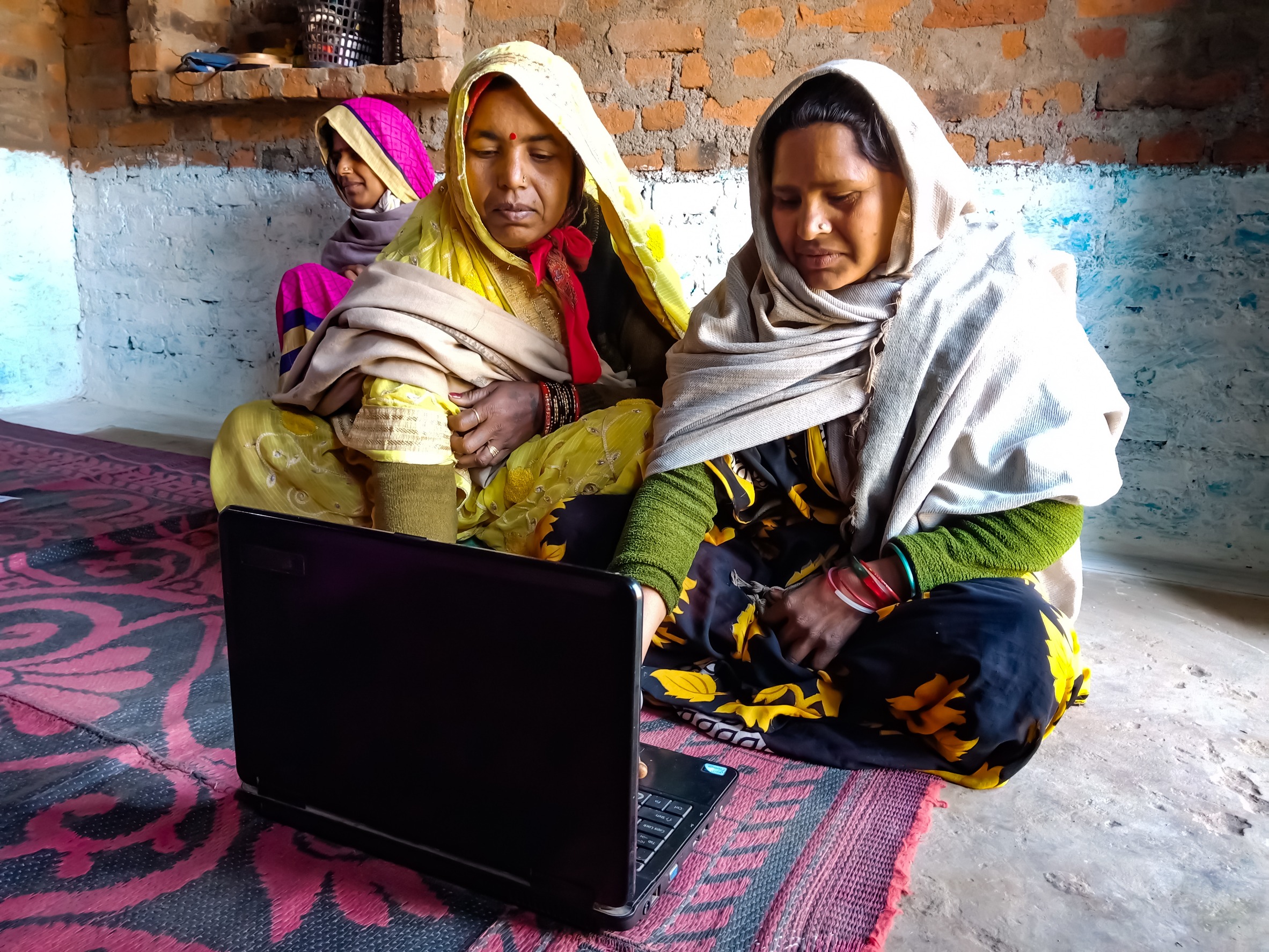Income gap between genders in rural India still wide
- Champa Ha

Employment rates have risen for women in rural India since 2017, but as a recent study released has show, the gender wage gap is still wide.
Selected findings from the State of Working India Report 2023 show that there is a rising share of women in salaried employment as well as a declining share of women in casual wage work, and examined the implications of women’s earnings and the gender-based earnings gap using evidence from official employment surveys.
“In 2021-’22, the average monthly earnings of a regular salaried man was approximately Rs 17,910 (US$215.47) while women earned about Rs 13,666 (US$164.41),” shared Amit Basole, Professor of Economics and Head, Centre for Sustainable Employment and Rosa Abraham, Economist, Centre for Sustainable Employment at Azim Premji University. Both of them were the main researchers that contributed to the State of Working India Report 2023.
“In casual wage work, the earnings disparity was higher, with women earning only 60% of what men earn. Unfortunately, the share of women in self-employment has remained stagnant over most of the post-reform period (and has even increased during the Covid-19 and post-Covid period). This is a matter of concern because the earnings gap is highest in the case of self-employment, with women, on average, earning only 40% of men’s earnings.”
At the top of the salaried earnings spectrum, the research showed that women earn 90% of what men earn, on average. The earnings gap for those in self-employment on the other hand between the genders is still high, with women earning around 60% of what men make. “Although the gender earnings gap in self-employment narrows as one moves up the earnings distribution, it remains quite high,” said both authors of the study.
READ MORE: Minimum wage rate in India to rise before general elections
The gender-based discrimination in the labour market, wrote both authors, may have decreased over time, with employers treating men and women similarly. The authors also attributed the changes to younger, more educated women entering the job market in areas such as the services sector while fewer women are employed in less educated sectors like agriculture, reported India in Transition.






